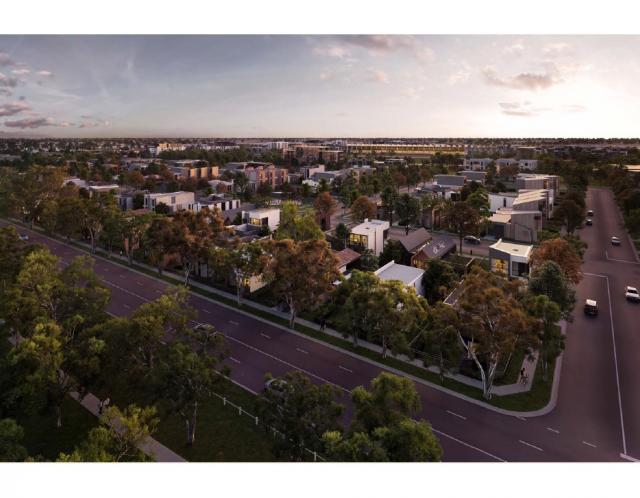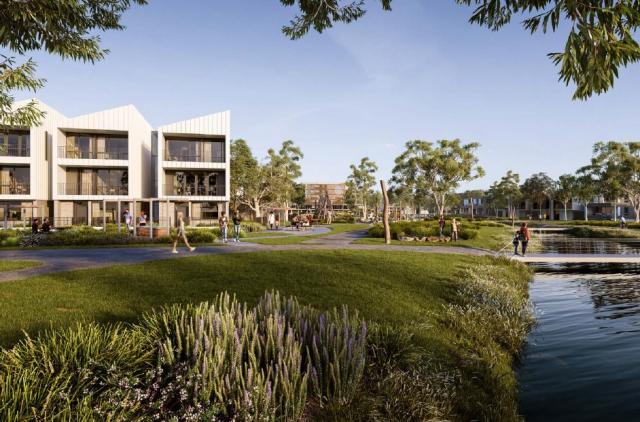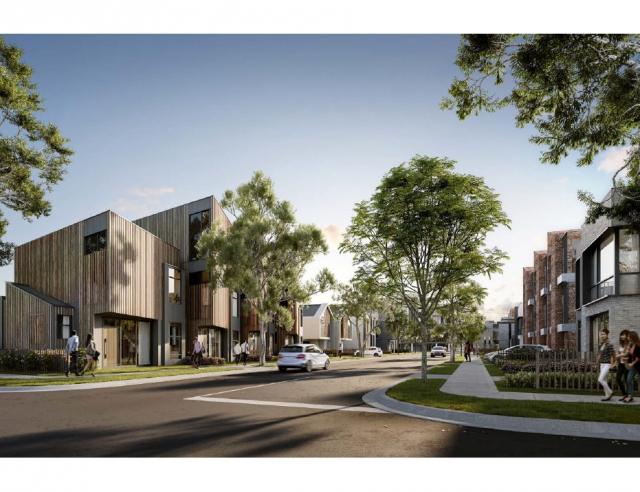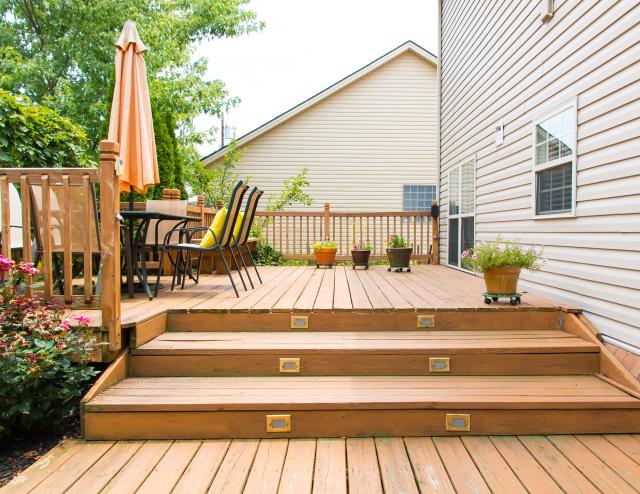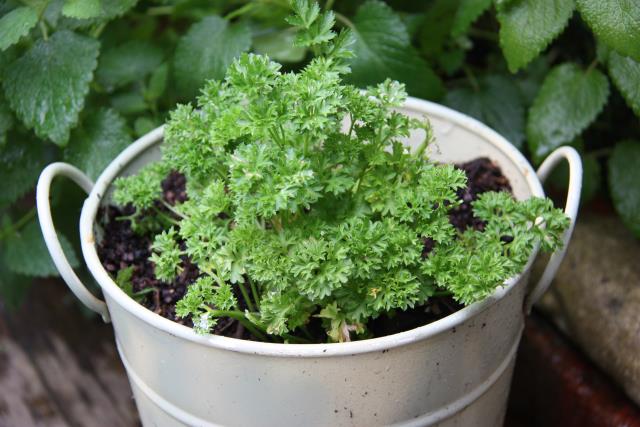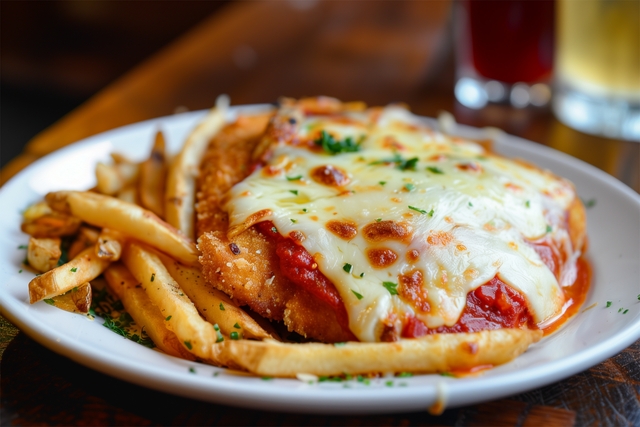Greater Dandenong Council is not against the redevelopment of Sandown, it’s more a debate of how it happens.
That was the argument of site owner Melbourne Racing Club during its opening remarks at the Sandown Racecourse Advisory Committee hearings on 19 August.
However, the council countered that it wasn’t just questioning how. There were also questions of when things happen and how they are paid for.
The timing of the various stages of the controversial 7500-dwelling, 16,000-resident estate was a source of conflict.
According to the MRC’s “indicative” staging plan, development should start at the northern Princes Highway end of the 112-hectare horse and motor-racing facility.
It would enable horse racing to continue during the initial stages of the 20-year timeline.
MRC argued that the staging should be responsive to market conditions. It had proposed the town centre as the second-last stage of the two-decade development.
Citing the Springvale market area, it was not feasible to start with high-density and commercial areas before building low-density housing nearby.
However, Greater Dandenong Council would prefer initial building at the southern railway station end.
About half of the dwellings are proposed for this high-density sector, the so-called ‘town centre’ around the historic grandstand.
And it was critical to take advantage of the nearby Sandown Park railway station, the council submitted.
“The City of Greater Dandenong isn’t supportive of horse racing after development commences.
“It will interfere with the timing and efficient delivery of the development and impede public access to the open space around the racing track.”
It would also like to see the community facilities in the town centre “sooner rather than later”.
A lawyer for the council stated that Sandown had unquestionable potential, particularly to help meet state and local housing targets.
“There is an opportunity to provide a form of housing which is different to the low-density, low-scale residential development that surrounds the subject site.”
This could be achieved with taller buildings towards the centre of the site, with low storeys near the “sensitive interfaces” at the periphery.
“It’s important to Council that in embracing a new future for Sandown that it continues to deliver a community benefit and fulfill an important although different role.”
There was more than one schism between MRC and various stakeholders.
Greater Dandenong wants 20 per cent of the dwellings to be “affordable”, the MRC wants 5 per cent.
The council was also wary of bearing the “financial risks” for infrastructure such as an upgraded Corrigan Road.
It would be widened to four lanes with two access signalized intersections to the Sandown estate.
There were also facilities such as a kindergarten, maternal child health and community centre, and active open space reserves to be paid for.
The council also clashed with the MRC on the quantity of open space not encumbered by Mile Creek, which bisects the site.
Both the council and Melbourne Water wanted further climate-change modelling on flood impacts from the creek both onsite as well as for homes upstream and downstream. It should be addressed prior to the committee’s decision, they argued.
“This is a critical issue and shouldn’t literally be left for a future (community) to deal with,” Greater Dandenong Council’s lawyer submitted.
Melbourne Water was against the requested removal of the site’s urban floodway zoning.
Melbourne Water representative Matthew Gilbertson said more understanding, clarity and certainty were required.
“There should be a degree of confidence that there’s no unacceptable flood risk surrounding this subject site that impacts on the available land for development.”
According to the MRC’s studies, the flood risk would be safely managed.
Heritage Victoria was opposed to MRC’s desire to remove a local heritage overlay over the general site.
The location has been home to horse-racing since 1888, and motor-racing since 1956. It hosts about 35 horse meets a year, as well as car races, drag racing and car club meets.
The MRC would seek to retain the heritage overlay on the state heritage-listed grandstand but Heritage Victoria wanted the grandstand precinct developed appropriately earlier in the 20-year cycle. Being left unused for several years put it at risk of damage, HV submitted.
Environment Protection Authority Victoria said parts of the site were likely contaminated. It was also seeking further assessments on noise impacts and air quality for future residents.
Ms Porter outlined the vision – 7500 dwellings, 16,000 residents, 20,000-square metres of commercial space including a landmark entertainment venue, 20 hectares of open space and community facilities including a school and sports pavilions.
A 20-minute neighbourhood close to Noble Park and Springvale activity centres, Sandown Park railway station and the Monash employment cluster.
Building heights ranged from four to 12 storeys in the ‘community heart’ section.
The northern precinct would be built between two and six storeys, prompting committee chair Kathy Mitchell to question if it was possible to build higher and supply more housing near Princes Highway.
Ms Mitchell also posed whether the grandstand could be repurposed for a vertically rising school.

